Is it time for gardeners to hang up their hoses for good?
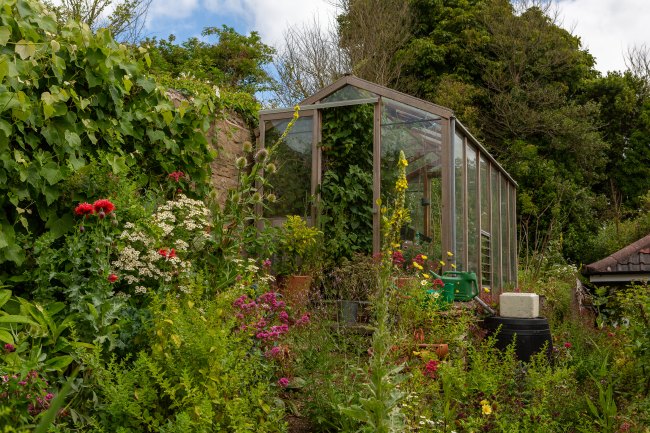
In a series of blogs for Water UK Janet Manning, Water Reduction Officer at the Royal Horticultural Society, sheds light on how gardeners can adapt to dry spells without reaching for the hose and sprinkler.
Traditional gardening has tended to rely on watering and drainage to maintain the perfect growing conditions, for example using sandy topsoil for fine turf, and then bringing out the hose or lawn sprinklers when the rain stops and the temperature rises. But this is not sustainable, in any sense of the word. We've had the driest spring in 69 years and England has had half the rain expected, looking at long-term averages from February to April. Gardeners have noticed the changes in the weather, with either too much or too little rain falling in less predictable patterns. April showers, which used to provide ideal conditions for seed sowing, seems to have disappeared. Last summer, it did not seem to stop raining, this spring we had weeks with none.
As the weather patterns have changed, so we need to change how we use water. If we rely on mains water and hoses in our gardens, then when there’s a dry spell we are expecting public water storage to get us through. But we can help everyone by doing some of this for ourselves (and it’s not all about water butts). If we can design and maintain gardens without the need for a hosepipe at all, in the process we will end up as better growers.
Why not learn how to live without a hose regardless of the weather? Then potential hosepipe bans don’t become a problem for gardeners, and could help to prolong the need to introduce them.
"Gardeners have noticed the changes in the weather, with either too much or too little rain falling in less predictable patterns."
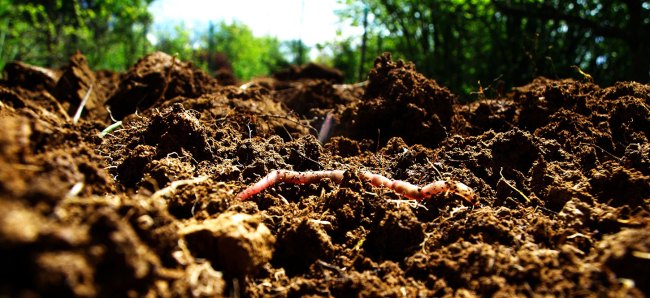
Turn your soil into a reservoir
If we want to ditch the hosepipe we don’t just need water butts to get us through a dry spell. The key is soil health. We need the soil under our feet to act like a sponge and become a reservoir for rainwater. Healthy soil needs food, water and air to help all the plant roots, bacteria, fungi and invertebrates that are alive in the root zone. All this activity puts carbon temporarily into soils, as the plant and animal material breaks down and is re-used by plants. This creates the crumb structure of soil that then drains more deeply, and holds more moisture. If you have sandy or chalky soil, you have some resilience built in already.* But heavier clay soils will benefit from a layer of organic mulch, to help open up the soil structure to let the water drain deeply.

If you choose a pale coloured, large particle sized mulch such as sheep wool, straw, or chopped dried herbaceous stems, then they will reflect the heat of the sun, insulate roots and drain water straight through to the root zone where it is needed. A dark, finely divided compost may look attractive, but it only holds moisture at the surface of the soil, encouraging surface rooting and increasing the water lost by evaporation.
Now you know the importance of healthy soil to store rainwater, read Janet’s second blog about how to plan a more resilient garden through planting, cover crops and more.
* Even inorganic soils that have a high proportion of sand can be ‘healthy’, as their free draining structure allows direct sown annuals to put roots down into the soil, without the need for any digging or disturbance.
More gardening tips
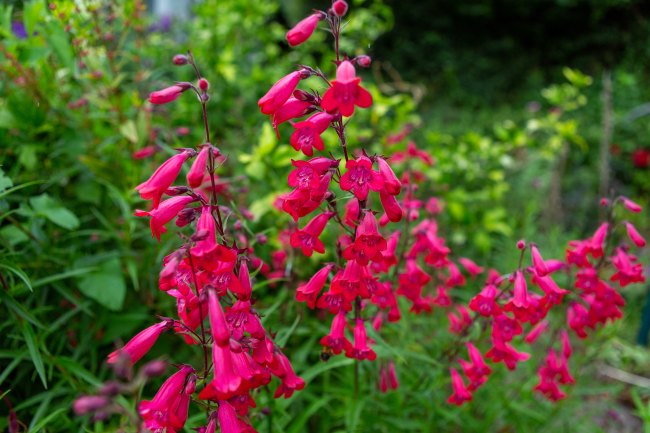
A resilient garden all year round
Plan and maintain your garden to be more resilient to hot weather and reduce flooding when it rains.
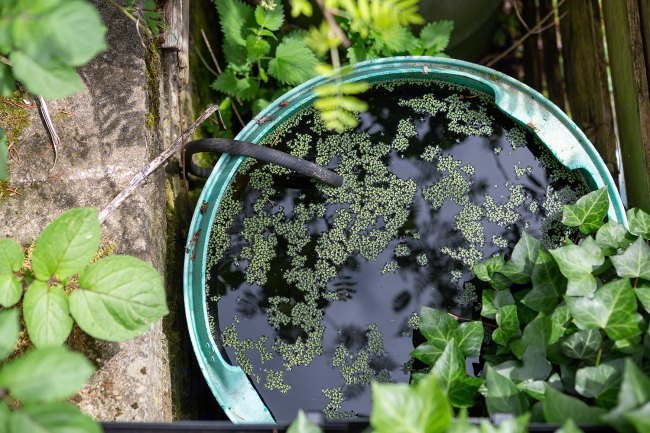
Quick tips to reduce the need for watering
Ditch the mains water hose and then any hosepipe ban will have little effect on your gardening.
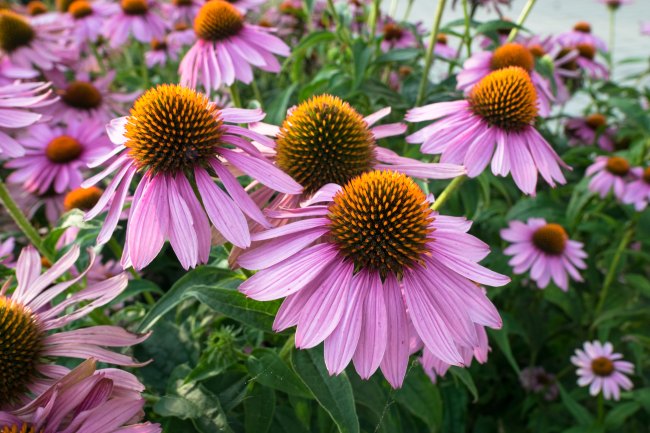
Keep plants cool without wasting water
Help your plants by encouraging their natural ability to cope in hot weather.
